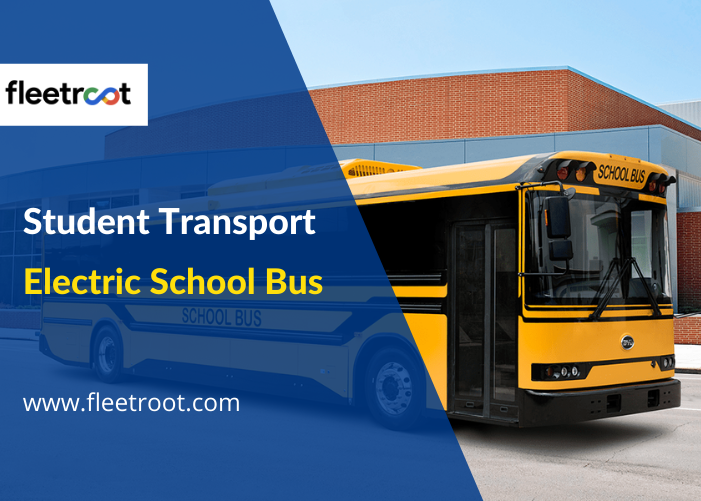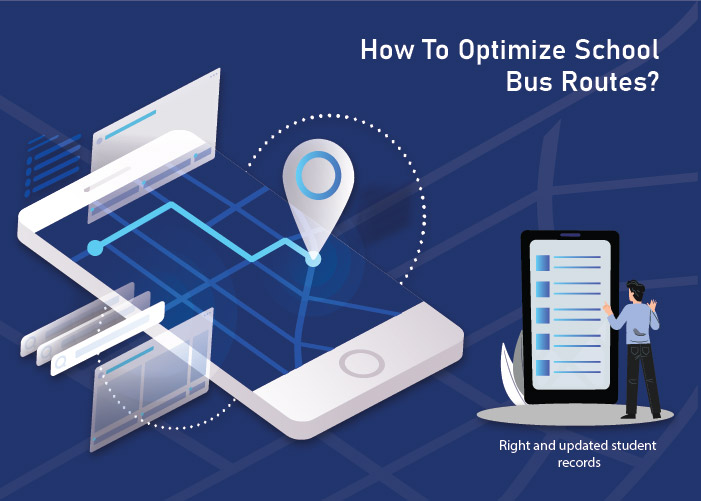Executive Summary.
The advent of e-vehicles is one of the greatest technological advancements of modern times! The plethora of benefits offered by e-vehicles seems almost unreal!
It is probably fair to say that its benefits are particularly strong in managing our children. Their health, safety and reduced cost-burden for their parents in using the good, ole school-bus to send them to school!
e-school buses provide numerous benefits, and while the current cost is still somewhat prohibitive, it is only a matter of time before adoption is widespread, and our children, and society, are better off for it.
School Buses: the welcome shift from yellow to green!
We all have fond memories of our yellow school buses! That classic look, the trademark odor, and its deep rumbling sound have been with us for decades! But, with technology making rapid strides, these old dinosaurs are at their finish-line…
Countries the world over are increasingly aware of the benefits of e-school buses. And, the benefits aren’t just for metro-city schools or those flushed with funds. The benefits of e-school buses are for all schools, regardless of the economic class that their students belong to.
Popular estimates predict that e-school buses will be the norm in most schools over the next decade or so.
Let’s look at 6 leading benefits:
1) E-buses produce zero emissions: While modern school-buses have evolved to using alternate-fuels and even clean-diesel, it still doesn’t match up with e-school buses that produce, literally, zero emissions at the exhaust pipe. Such significantly cleaner air is great for the kids on the e-school buses and the surroundings in general.
Naturally, questions arise about the pollution generated by the process through which electricity is generated – is that not a pollutant? Polluting emissions by producing electricity will vary based on the process that is used (eg. coal). While burning coal and fossil fuels is toxic, other methods like alternate fuels or natural gases are cleaner methods.
While the methods of generating electricity are increasingly shifting to using cleaner methods, utmost care must also be taken to not leak methane during this production process. That done, the electrification of buses is a significant improvement for the planet.
2) Safety: Naturally, of paramount importance since children are the main passengers here! e-school buses are not only inherently safe but are constantly improving their safety via improved battery technology by using lightweight, heavy-duty grade materials that are put through stringent tests of heat, cold, vibration, submersion, and impact.
Additionally, if a cell fails (an unlikely event), the same problem would not spread to surrounding cells and be suitably isolated. Modern technology through sensors also allows constant monitoring of battery cells to maintain the desired levels of performance and safety.
In addition to battery safety, electric buses are also tested for other parameters of safety including functionality, high-voltage, inclement-weather performance, reliability, and hardiness. E-bus manufacturers also take an active role in training client-side technicians and maintenance teams to make sure benchmarked levels are maintained.
3) Cost-effective, energy-efficient: In addition to safety, perhaps the single biggest benefit from e-school buses is that not only do they consume much lesser fuel but the maintenance costs are significantly lower. With lesser engine complexities and moving parts as compared to typical diesel combustion engines, the operating costs here are much lower. General estimates peg the lifetime maintenance costs of an e-school bus at even less than half of a traditional diesel school bus.
As Governments further incentivize widespread adoption through tax benefits and other sops, battery quality improves, and costs decline, the overall profitability of stakeholders (utility companies, manufacturers, fleet owners, schools) will improve and rapidly become a profitable operation.
4) “V2G” (Vehicle-to-Grid): While e-school buses are the obvious way to go on several fronts, they also greatly enhance the concept of ‘energy saved is energy earned’.
With increasingly modern and energy-efficient battery quality, the unused power from the batteries of these school buses can be re-supplied into a city or state’s energy grid during idle times! During times of school-bus inactivity e.g. weekends, vacations, and non-school hours, this re-supplied energy can be used for other energy requirements.
This unused power by e-school buses can also become an important source of energy supply during emergencies. For example, these buses can be used to supply power via a “micro-grid” to places where it is urgently needed. E.g. outages at a football stadium or other public events.

5) Noise reduction: This is a great benefit of e-school buses. The absence of a combustion engine makes the buses run noiselessly. In fact, they are so quiet at low speeds e.g. 20 mph, that bus-makers will likely add an alerting sound for passers-by! Localities will be free to choose their own tunes – much like we now choose our ringtones!
6) Children’s health and academic performance: some recent studies have suggested a positive impact of zero-emissions on academic performance, too. It has been found that schools that are “downwind” from high-traffic clusters clock lower scores compared to kids in “upwind schools”. A correlation between the decline in school performance with the length of time spent on a diesel bus has also surfaced.
Current limitations of e-buses: high-costs of adoption
The greatest barrier to widespread adoption is the current cost of e-buses, which can be up to 3X times that of legacy buses. And, while Govt. grants and tax-sops are under offer, the reason is centered on plain economics.
While transit buses typically clock up to 50,000 miles annually, thereby providing economies-of-scale, a school bus typically clocks an average of about 12,000 miles annually. Therefore, writing off CapEx costs take much longer.
Using a modern, automated, GPS-enabled Fleet Management Systems
As is already evident, e-school buses are technologically advanced vehicles with the significant built-in ability to provide and capture data for constant analysis and enhancement. Additionally, they can easily be linked to a modern cloud-based GPS enabled Fleet Monitoring Software.
Such a fleet management system is equipped with several modern tools that enable efficient e-school bus fleet management.
Conclusion: with e-vehicles (and, e-school buses with it) a clear reality of our future, all stakeholders (schools, authorities, fleet management firms) are well-advised to make a rapid shift to using e-school buses and a modern tool like a Fleet Management System for successful handling. Planet Earth will be hugely benefitted by it!



